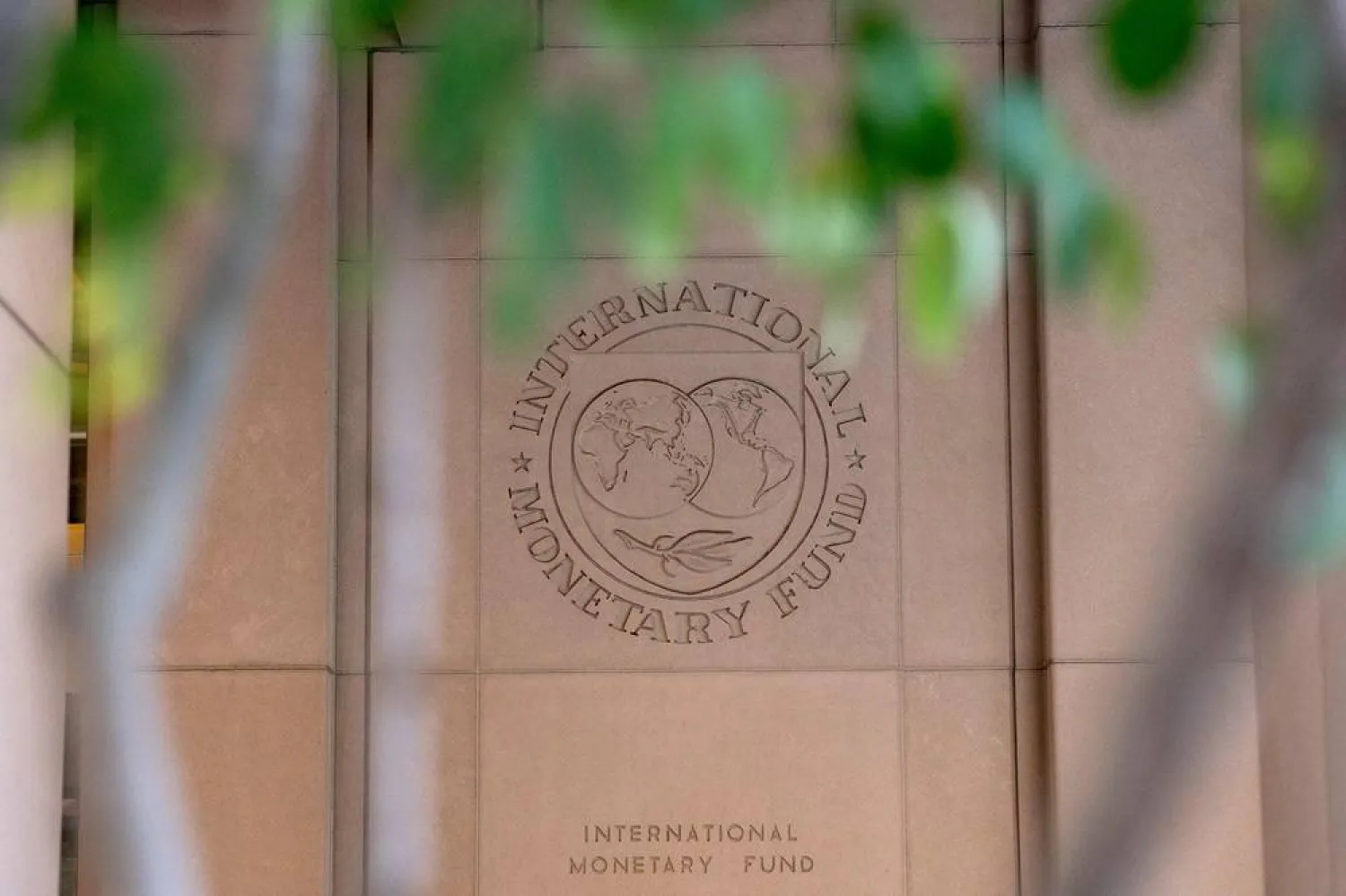The IMF on Tuesday raised its global growth forecasts for 2025 and 2026 slightly, citing stronger-than-expected purchases ahead of an August 1 jump in US tariffs and a drop in the effective US tariff rate to 17.3% from 24.4%. But it warned that the global economy faced major risks including a potential rebound in tariff rates, geopolitical tensions and larger fiscal deficits that could drive up interest rates and tighten global financial conditions.
"The world economy is still hurting, and it's going to continue hurting with tariffs at that level, even though it's not as bad as it could have been," said Pierre-Olivier Gourinchas, chief economist at the International Monetary Fund.
In an update to its World Economic Outlook from April, the IMF raised its global growth forecast by 0.2 percentage point to 3.0% for 2025 and by 0.1 percentage point to 3.1% for 2026. That is still below the 3.3% growth it had projected for both years in January and the pre-pandemic historical average of 3.7%, however.
It said global headline inflation was expected to fall to 4.2% in 2025 and 3.6% in 2026, but noted that inflation would likely remain above target in the United States as tariffs passed through to US consumers in the second half of the year.
The US effective tariff rate - measured by import duty revenue as a proportion of goods imports - has dropped since April, but remains far higher than its estimated level of 2.5% in early January. The corresponding tariff rate for the rest of the world is 3.5%, compared with 4.1% in April, the IMF said.
US President Donald Trump has upended global trade by imposing a universal tariff of 10% on nearly all countries from April and threatening even higher duties to kick in on Friday. Far higher tit-for-tat tariffs imposed by the US and China were put on hold until August 12, with talks in Stockholm this week potentially leading to a further extension.
The US has also announced steep duties ranging from 25%-50% on automobiles, steel and other metals, with higher duties still pending on pharmaceuticals, lumber, and semiconductor chips.
Such future tariff increases are not reflected in the IMF numbers, and could raise effective tariff rates further, create bottlenecks and amplify the effect of higher tariffs, the IMF said.
SHIFTING TARIFFS
Gourinchas said the IMF was carefully evaluating new US deals reached with the European Union and Japan over the past week, which came too late to factor into the July forecast.
"We'll have to see whether these deals are sticking, whether they're unraveled, whether they're followed by other changes in trade policy," he said.
Tariffs agreed so far in those deals were similar to the effective US tariff rate on which the IMF based its latest assumptions, he added.
Staff simulations showed that global growth in 2025 would be roughly 0.2 percentage point lower if the maximum tariff rates announced in April and July were implemented, the IMF said.
The IMF said the global economy was proving resilient for now, but uncertainty remained high and economic activity being recorded pointed to "distortions from trade, rather than underlying robustness."
Gourinchas said the 2025 outlook had been helped by what he called "a tremendous amount" of front-loading as businesses tried to get ahead of the tariffs, but he warned that the stock-piling boost would not last.
"That is going to fade away," he said, adding: "That's going to be a drag on economic activity in the second half of the year and into 2026. There is going to be pay-back for that front loading, and that's one of the risks we face."
Tariffs were expected to remain high, he said, pointing to signs that US consumer prices were starting to edge higher.
"The underlying tariff is much higher than it was back in January, February. If that stays, and there are indications that it will stay at a level that is around what we are projecting, that will weigh on growth going forward, contributing to a really lackluster global performance."
One unusual factor has been a depreciation of the dollar, not seen during previous trade tensions, Gourinchas said, noting that the lower dollar was adding to the tariff shock for other countries, while also helping ease financial conditions.
US growth was expected to reach 1.9% in 2025, up 0.1 percentage point from April's outlook, edging up to 2% in 2026. A new US tax cut and spending law was expected to increase the US fiscal deficit by 1.5 percentage points, with tariff revenues offsetting that by about half, the IMF said.
It lifted its forecast for the euro area by 0.2 percentage point to 1.0% in 2025, and left the 2026 forecast unchanged at 1.2%. The IMF said the upward revision reflected a historically large surge in Irish pharmaceutical exports to the United States; without it, the revision would have been half as big.
China's outlook got a bigger upgrade of 0.8 percentage point, reflecting stronger-than-expected activity in the first half of the year, and the significant reduction in US-China tariffs after Washington and Beijing declared a temporary truce.
The IMF increased its forecast for Chinese growth in 2026 by 0.2 percentage point to 4.2%.
Overall, growth is expected to reach 4.1% in emerging markets and developing economies in 2025, edging lower to 4.0% in 2026, it said.
The IMF revised its forecast for world trade up by 0.9 percentage point to 2.6%, but cut its forecast for 2026 by 0.6 percentage point to 1.9%.







